Improving balance with static holds can be a game-changer in your fitness routine, offering a simple yet powerful way to maintain stability and prevent falls. These exercises are designed to strengthen your core and improve balance, keeping you steady on your feet and enhancing your daily movements. You engage key muscle groups essential for maintaining balance by focusing on holding specific positions. This approach helps in everyday activities and contributes to a greater sense of physical confidence.
Whether you aim to reduce the risk of falls or boost your overall stability, incorporating static holds into your workout can make a significant difference. As you progress with these exercises, you will likely notice improvements in your posture and a stronger, more resilient body. Keep reading to discover how this targeted approach can increase your confidence, support a more active lifestyle, and provide lasting benefits for your long-term well-being.
Improving Balance With Static Holds: Unlock Stability Through Stillness

Improving balance is key for daily activities and sports. Static holds offer a simple yet effective way to boost your stability. These exercises involve maintaining a fixed position for a set time, challenging your body’s balance systems.
Static holds can improve your balance, strength, and body awareness. You can do them at home without special equipment. Start with basic poses like standing on one leg. As you get better, try more complex positions.
Regular practice of static holds can be a key factor in improving balance with static holds, helping to prevent falls and injuries. It’s important to start slowly and build up over time. Always focus on good form and safety when doing these exercises.
Key Takeaways
- These exercises focus on maintaining fixed positions to improve core strength and stability, crucial for better balance and fall prevention.
- Begin with basic static holds, like standing leg lifts and wall sits, and gradually advance to more complex poses as your balance and strength improve.
- Incorporate static holds into your routine 2-3 times weekly for optimal results. Regular practice enhances posture, stability, and overall body awareness.
- Track your progress and adjust the difficulty of your static holds over time. Use variations like closing your eyes or adding weights to challenge your balance.
- Always focus on proper form and start with manageable hold times. Avoid pushing too hard too quickly to prevent injuries and ensure steady progress.
Understanding Balance
Balance is key for staying steady and avoiding falls. It involves several body systems working together. Let’s look at the main parts of balance and how your inner ear helps keep you upright.
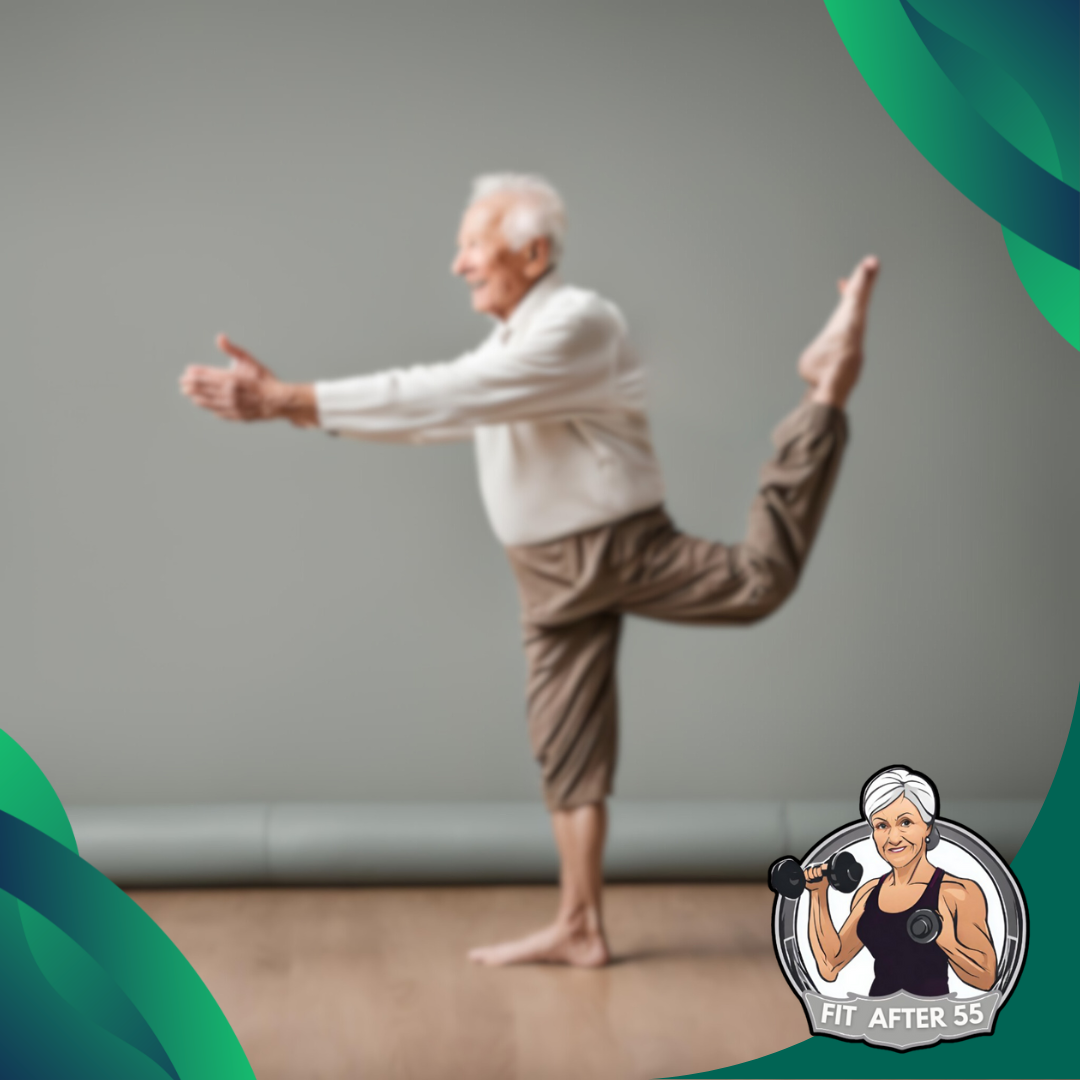
Components of Balance
Balance depends on several interconnected systems. Visual cues from your eyes help you understand your surroundings. Meanwhile, your inner ear detects head movements and position. Muscles and joints send feedback about your body’s position. All this information is processed by your brain, which then instructs your body on how to adjust. Together, these systems function as a cohesive team.
A good balance needs all three parts to work well. Some health issues can affect these systems. Age, medications, and certain diseases may impact your balance. Identifying which part is weak can help you improve it.
Role of the Vestibular System
Your vestibular system sits in your inner ear, which is crucial in improving balance with static holds. It’s like a tiny level that tells your brain if you’re tilted or moving. This system has two main parts: the semicircular canals and the otolith organs. The semicircular canals sense when you turn your head. They’re filled with fluid that moves when you do, sending signals to your brain about how you move.
Otolith organs detect up-and-down or side-to-side motion. They have tiny crystals that shift with gravity and movement. This helps you know if you’re standing straight or leaning. When this system works well, you can keep your balance even with your eyes closed. If it’s off, you might feel dizzy or unsteady.
Benefits of Static Holds
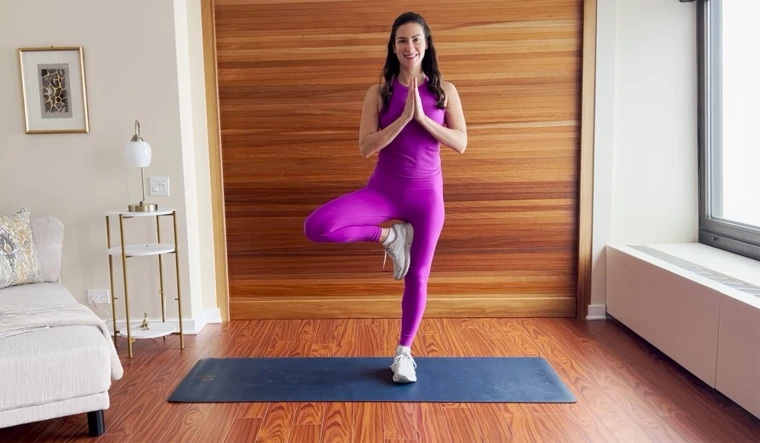
Static holds offer many advantages for your fitness and balance, with one of the key benefits being improving balance with static holds. These exercises can boost your strength, improve your posture, and enhance your body awareness.
Increased Muscular Strength
Static holds to build strength without moving. You engage muscles for set periods, which makes them work hard and grow stronger. Static holds use isometric contractions. These happen when muscles tense without changing length.
This type of exercise can boost your strength quickly. You can do static holds with body weight or added weights. Common examples include planks, wall sits, and barbell holds. These target different muscle groups and improve overall strength.
Improved Postural Control
Static holds help you maintain better posture. They train your body to stay in good alignment for more extended periods. By holding certain positions, you strengthen the muscles that keep you upright. This includes your core, back, and leg muscles. Better posture from static holds can reduce pain and injury risk. It also helps you look taller and more confident. Good posture is key for balance and everyday movements.
Enhanced Proprioception
Proprioception is your sense of where your body is in space. Static holds improve this ability, making you more stable and coordinated. During static holds, you focus on keeping still. This makes you more aware of your body’s position.
You learn to make small adjustments to stay balanced. Better proprioception helps in many ways. It can improve your sports performance and reduce fall risk. It also makes everyday movements smoother and more controlled.

Fundamentals of Static Holds
Static holds are simple yet powerful exercises. They can boost your strength and balance when done correctly. Let’s explore the key aspects of proper form and breathing techniques.

Proper Alignment Techniques
You need to focus on alignment to get the most out of improving balance with static holds. Start by standing tall with your feet hip-width apart. Keep your shoulders back and down, away from your ears. Engage your core by pulling your belly button towards your spine. For arm holds, extend your arms straight out to the sides. Please make sure they’re in line with your shoulders. Your palms should face down.
During leg holds, keep your standing leg straight but not locked. Point your toes forward and keep your hips level. If you’re doing a single-leg hold, lift the other leg behind you, keeping it straight. Remember to keep your head in a neutral position. Look straight ahead, not down at the floor or ceiling. This helps maintain proper spine alignment.
Breathing During Holds
Proper breathing is crucial for effective static holds. Take deep, steady breaths throughout the exercise. Inhale through your nose and exhale through your mouth. Try to breathe from your diaphragm, not your chest. You can check this by placing a hand on your belly. It should rise as you inhale and fall as you exhale.
Don’t hold your breath during the exercise. This can raise your blood pressure and make you feel dizzy. Instead, aim for a rhythm of about 4-6 breaths per minute. If you’re new to static holds, start with shorter hold times. Gradually increase the duration as you get more comfortable with the breathing pattern.
Check out this video on At-Home Balance Tests Using Static Flow Balance Exercises.
By: Mighty Health
Preparation for Static Holds
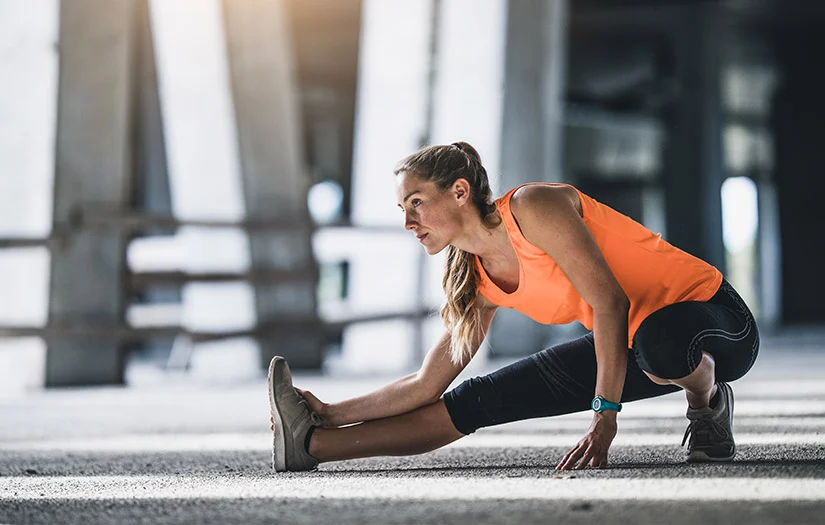
Preparing for static holds involves warming up your body and creating a safe space to practice. These steps are crucial for improving balance with static holds, ensuring you get the most out of your balance training session.
Warm-Up Exercises
Start with a 5-10 minute light cardio warm-up. This can be jogging in place, jumping jacks, or marching. Next, do some dynamic stretches. Focus on your legs, hips, and core. Try leg swings, arm circles, and torso twists.
Static balance holds works best when your muscles are warm and loose. Do a few simple balance exercises to prepare. Stand on one foot for 10-15 seconds, then switch. Finish with ankle rolls and wrist circles. These joints play a key role in many balance poses.
Setting Up the Practice Space
- Choose a flat, non-slip surface for your practice. A yoga mat can provide extra grip and cushioning.
- Clear the area of any objects that might get in your way. You need space to move freely without worry.
- Have a sturdy chair or wall nearby for support if needed. This is especially important for beginners or when trying new poses.
- Good lighting is crucial. Make sure you can see clearly to avoid accidents.
- Keep water handy to stay hydrated during your practice. Place it within easy reach.
- Consider using a mirror. It can help you check your form and alignment during holds.
Basic Static Hold Exercises
Improving balance with static holds can boost your strength and stability. These simple exercises target key muscle groups to enhance your overall balance. Try adding them to your routine.
Standing Leg Lift
The standing leg lift is a great starter exercise for balance. Stand near a wall or chair for support if needed. Hold one leg off the ground for 10-30 seconds. Keep your standing leg straight and engage your core.
Focus on a spot in front of you to help stay steady. Repeat 3-5 times on each leg. As you get better, try increasing the hold time. You can also lift your leg higher or add arm movements for an extra challenge.
Isometric Wall Sit
Wall sits build leg strength and stability. Find a smooth wall and slide down into a sitting position. Your back should be flat against the wall, with knees at 90 degrees. Hold this position for 20-60 seconds. Keep your core tight and breathe steadily. You’ll feel your quads, hamstrings, and glutes working hard.
Start with shorter holds and work up to longer times. Aim for 3-5 sets. Try lifting one foot off the ground or holding weights to make it harder. Static holds like wall sits can improve muscle endurance and joint stability. This helps with everyday balance and movement.
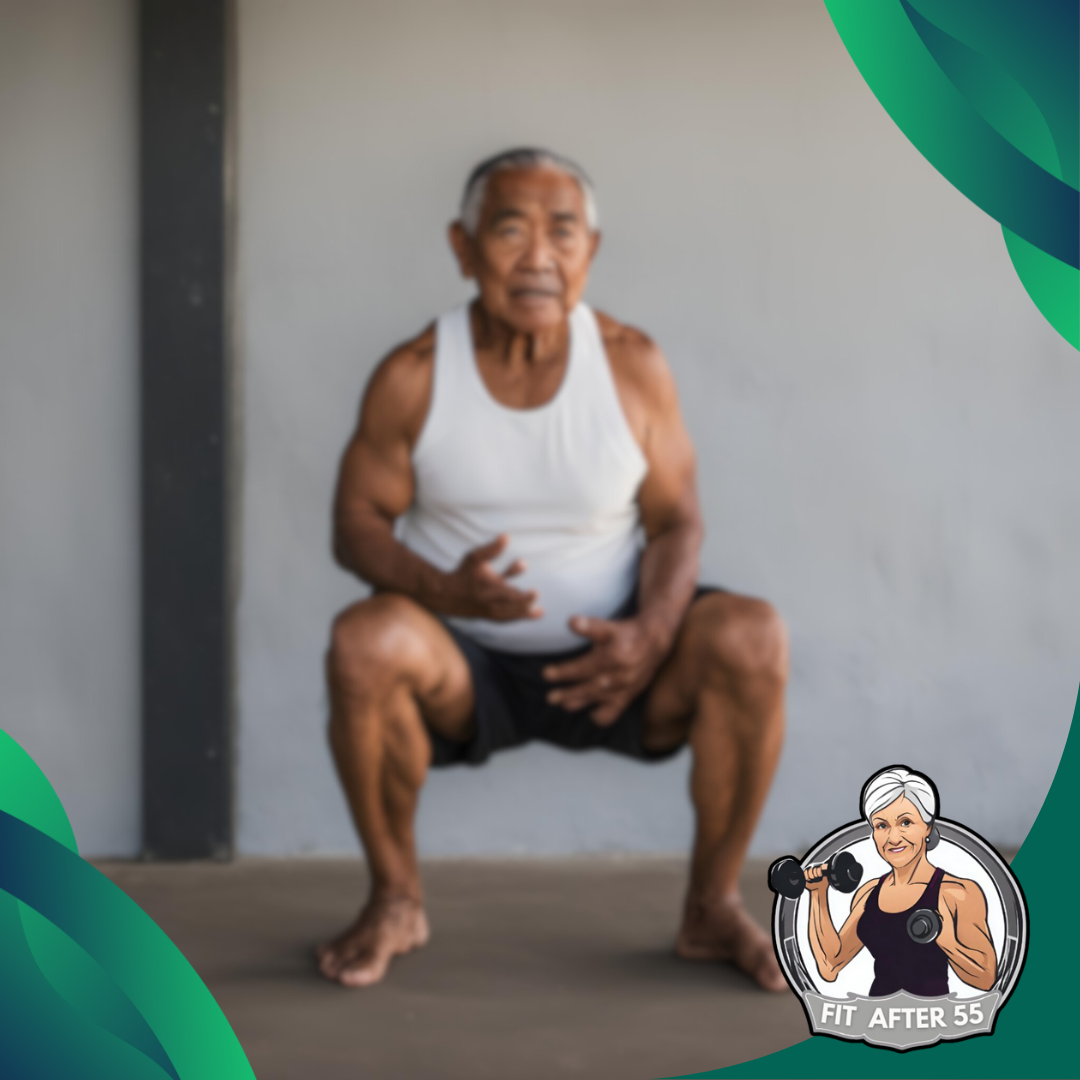
Did You Know?
Static hold balance exercises should be performed 2-3 times weekly for optimal results. This frequency allows muscles adequate time to recover between sessions. It is recommended to start with shorter holds and fewer repetitions, gradually increasing the duration and number of sets as strength improves.
Advanced Static Hold Techniques
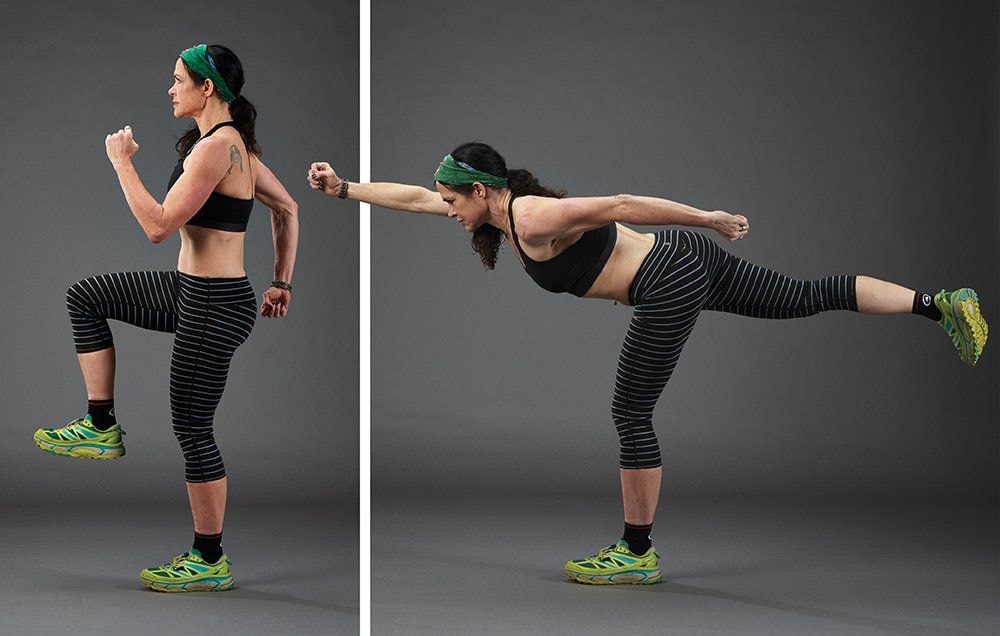
Static holds can be taken to the next level with more challenging variations, enhancing your effectiveness in improving balance with static holds. These techniques push your balance and strength further, demanding greater focus and gradual progression.
Single Leg Balance
Single leg balance exercises are great for improving stability. Start by lifting one foot slightly off the ground while standing. Hold this position for 30 seconds. As you get better, try raising your foot higher. You can also close your eyes to increase difficulty.
This removes visual cues and forces your body to rely on other senses for balance. Try different arm positions, too. Hold them out to the sides, overhead, or crossed on your chest. Each variation changes your center of gravity and challenges your balance in new ways.
Arm and Leg Extension
This technique combines upper and lower body balance. Start on your hands and knees. Slowly extend your right arm forward and left leg back. Keep them parallel to the ground. Hold this position for 15-30 seconds. Focus on keeping your core tight and your back flat. Don’t let your hips rotate.
Switch sides and repeat with the left arm and right leg. As you improve, try lifting your extended limbs higher. You can also attempt to balance on one hand and one foot. These static holds build core strength and improve overall body control. They’re great for athletes and anyone looking to enhance their balance skills.
Progress Tracking and Adaptation
Keeping track of your balance improvements and adjusting your static hold exercises is key when improving balance with static holds. This approach allows you to increase difficulty and see real progress over time steadily.
Setting Personal Goals
Set specific, measurable goals for your static hold practice. Aim to hold a pose for 30 seconds, then gradually increase to 1 minute or longer. Track your progress in a journal or app. Write down how long you can hold each pose and how steady you feel.
Note any wobbling or loss of form. This helps you see small improvements over time. Try timing yourself once a week. Compare your hold times to previous weeks. Celebrate when you reach a new personal best!
Adapting Holds for Increased Difficulty
As your balance improves, make your static holds more challenging. This keeps you progressing and prevents boredom. Try these ways to increase difficulty:
- Close your eyes during holds
- Stand on an uneven surface like a foam pad.
- Add small movements like arm circles.
- Hold light weights while balancing.
Start with more accessible versions first. Only move to harder options when you can hold the basic pose steady for 1 minute. Add new challenges slowly. Master one change before adding another. This prevents injuries and builds your skills safely.
Safety Considerations
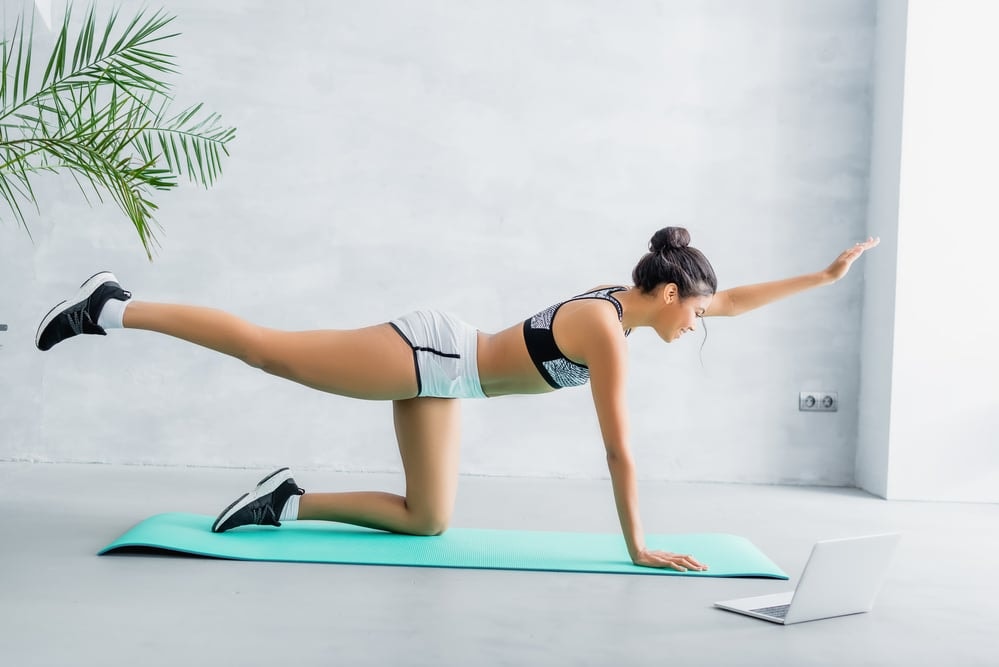
Static holds can be powerful exercises for improving balance with static holds, but they come with risks. Proper form and caution are key to getting the most out of these moves while staying safe.
Recognizing Personal Limits
Know your body’s capabilities before trying static holds. Start with shorter hold times, like 10-15 seconds. Gradually increase the duration as you build strength. Pay attention to how you feel during and after the exercise. If you experience pain, stop immediately.
Sharp pains are not normal and may signal injury. Use a mirror or video yourself to check your form. Poor posture can lead to strain or injury. If you need help, ask a trainer to watch your technique.
Avoiding Overexertion
Don’t push too hard too fast. Consistency is more important than intensity. Aim for steady progress over time rather than maxing out each session. Take breaks between holds. Rest for 30-60 seconds to recover. This prevents muscle fatigue and helps maintain proper form.
Stay hydrated and listen to your body. If you feel dizzy or extremely tired, stop exercising. Pushing through exhaustion increases injury risk. Set realistic goals. Trying to hold positions for a short time can lead to shaking and loss of control. This defeats the purpose of the exercise and can be dangerous.
Integrating Static Holds Into a Daily Routine
Static holds can be easily added to your daily activities, making them a convenient option for improving balance with static holds. They don’t require special equipment and can be done almost anywhere. By incorporating them into your routine and combining them with other exercises, you’ll see steady progress in your balance skills.
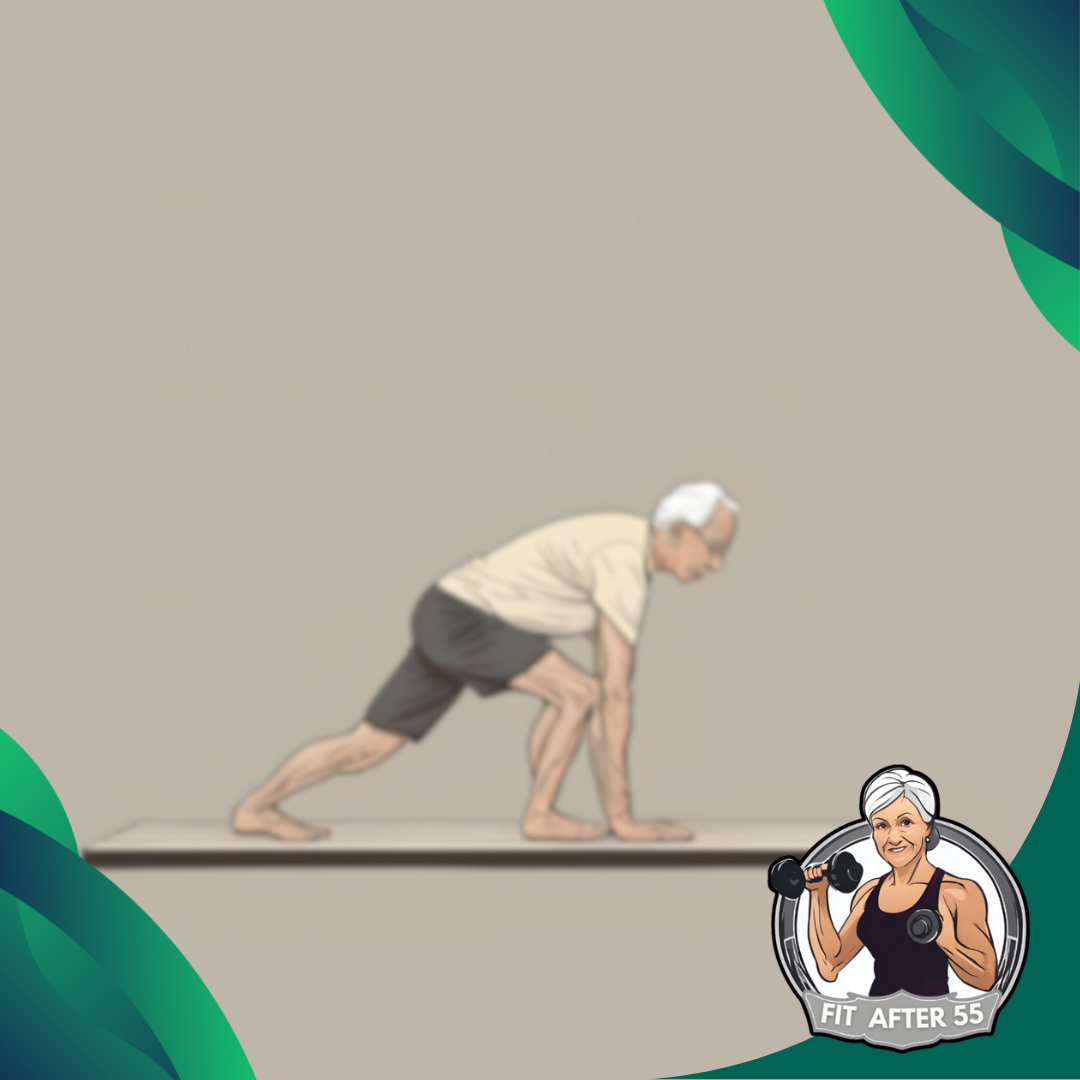
Consistency and Schedule
Pick a set time each day for your static holds. This could be right after waking up or before bed. Start with short holds of 10-15 seconds. Gradually increase to 30-60 seconds as you get stronger. Try to do static holds 3-4 times a week.
This gives your body time to rest between sessions. You can do them more often if you feel up to it. Standing yoga poses work well for beginners. They’re safe and don’t need any equipment. Pick 2-3 poses to focus on each week. Change your poses every few weeks to keep things fresh.
Combining With Dynamic Exercises
Mix static holds with moving exercises for a well-rounded workout. This helps improve both strength and balance control. Try this simple routine:
- 30-second plank hold
- 10 bodyweight squats
- 30-second wall sit
- 10 lunges per leg
Repeat this circuit 2-3 times. As you get stronger, increase hold times and reps. Adding static holds to your workouts can lead to bigger, stronger muscles. They keep your muscles under tension longer than regular exercises. Remember to listen to your body. Take a break or try an easier version if a hold feels too hard. You’ll notice significant improvements in your balance and overall strength with time and practice.
Take a look at this extra video on 10-Minute Balance Exercises to Do Every Day for Better Stability.
By: Jessica Valant Pilates
Enhancing Stability: The Impact of Static Holds on Balance and Fall Prevention
Improving balance with static holds is a powerful addition to any fitness regimen, offering a straightforward yet effective method to enhance stability and prevent falls. These exercises specifically target key muscle groups, such as the core and lower body, which are crucial for maintaining balance and improving overall movement efficiency. By focusing on holding particular positions, individuals can build physical confidence and a more stable foundation for everyday activities, reducing the risk of falls and injuries.
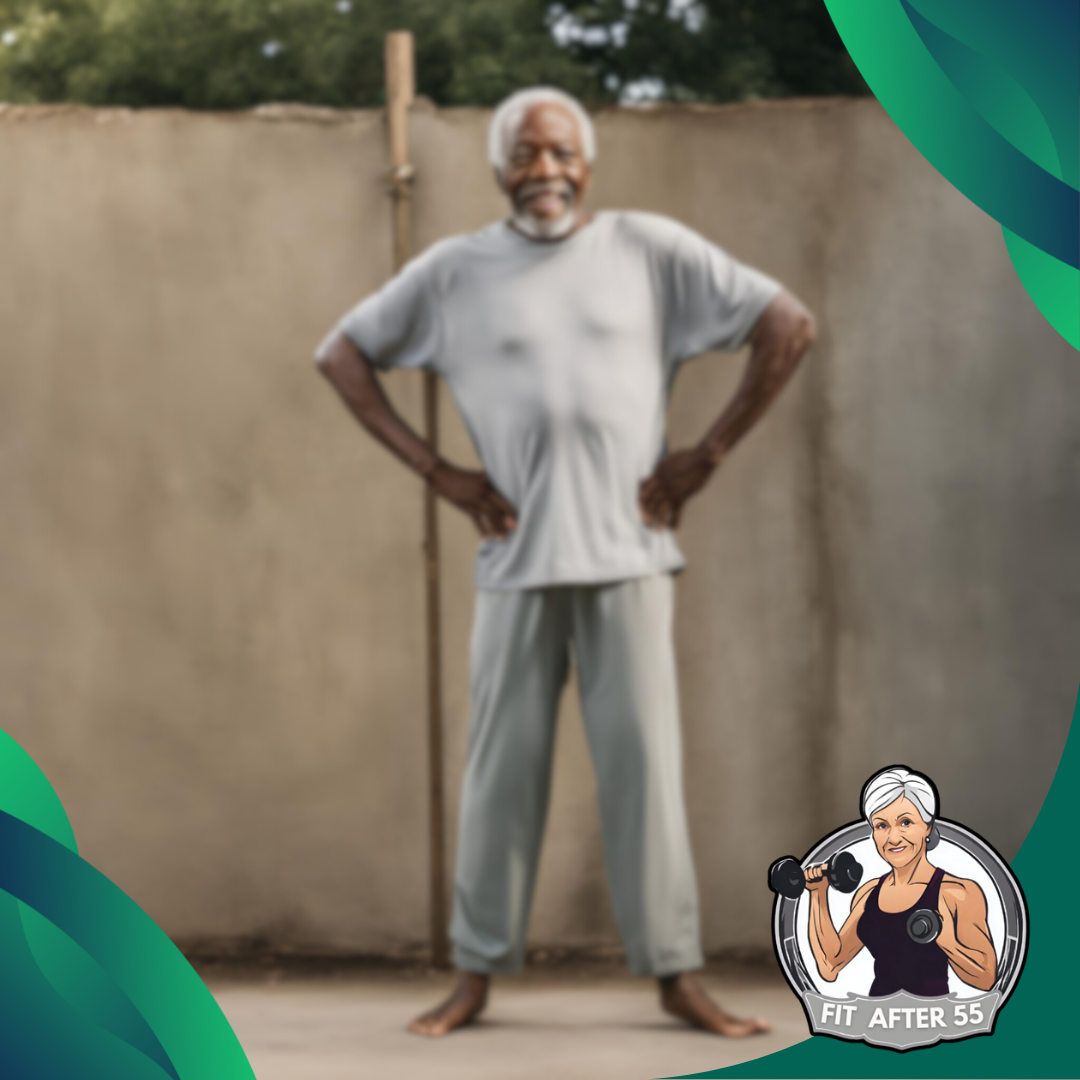
Incorporating static holds into a regular exercise routine can significantly improve posture, strength, and overall stability. As practitioners consistently engage in these exercises, they will likely notice enhanced balance and greater resilience, contributing to a more active and fulfilling lifestyle. This approach helps in daily activities and supports a long-term commitment to health and well-being. Embrace the benefits of static holds to unlock lasting stability and enhance your overall quality of life.
Frequently Asked Questions
What Exercises Can Improve Static Balance Effectively?
Standing static balance exercises are very effective for improving balance. Try single-leg stands, tree pose, or warrior III pose. Focus on one spot in front of you while doing these exercises. This helps keep you steady and improves your balance over time.
Which Static Hold Exercises Enhance Balance for Beginners?
Wall sits and planks are great static holds for beginners. These exercises build core strength, which is key for balance. Start with short holds of 10-15 seconds. Gradually increase the time as you get stronger.
How Do Static Holds Benefit Overall Muscle Strength and Stability?
Static holds create tension in targeted muscles. This builds strength and improves stability without movement. These exercises can help correct muscle imbalances. They also improve mind-muscle connection, leading to better control and balance.
What Are Some Advanced Static Balance Holds for Experienced Individuals?
Advanced practitioners can try handstands or one-arm planks. These exercises challenge your balance and strength in new ways. Always practice advanced moves with proper form and safety precautions. Consider working with a trainer to learn these skills.
Are There Specific Static Hold Techniques That Target Balance for Athletes?
Athletes can benefit from sport-specific static holds. Runners might practice single-leg balance holds. Gymnasts could work on handstands. These exercises help build the specific strength and balance needed for each sport. They can improve performance and reduce injury risk.
Stay Energized and Thriving: Join the Fit After 55 Community!
Explore a treasure trove of fitness inspiration at Fit After 55!
Our website (https://www.vitalityseniorliving.com/resources_for_senior/staying-fit-at-55/) offers engaging content, expert advice, and product reviews designed specifically for seniors. Join our supportive community on Facebook (https://www.facebook.com/fitafter50dotcom/) and connect with like-minded individuals dedicated to staying active and healthy.
Let’s embark on this fitness journey together and show that age is just a number!

